You’ve probably watched in fascination as your cat crouches low, eyes wide and pupils dilated, before pouncing on mouse with the precision of a wild predator. Maybe you’ve found that same toy carefully carried to your bedroom in the middle of the night, or discovered it tucked away in their food bowl like some kind of offering. These behaviors might seem quirky or cute, yet they reveal something profound about your feline friend’s inner world.
Most modern domesticated cats never hunt a day in their life, but even the most gentle among them still has a hunter’s instincts, honed over millennia on the African plains. Your indoor cat’s relationship with their toys taps into these ancient drives in ways that are both remarkable and essential for their wellbeing. Let’s explore the fascinating world of feline hunting behavior and discover why that simple toy becomes the center of such dramatic performances.
The Ancient Hunter Lives On
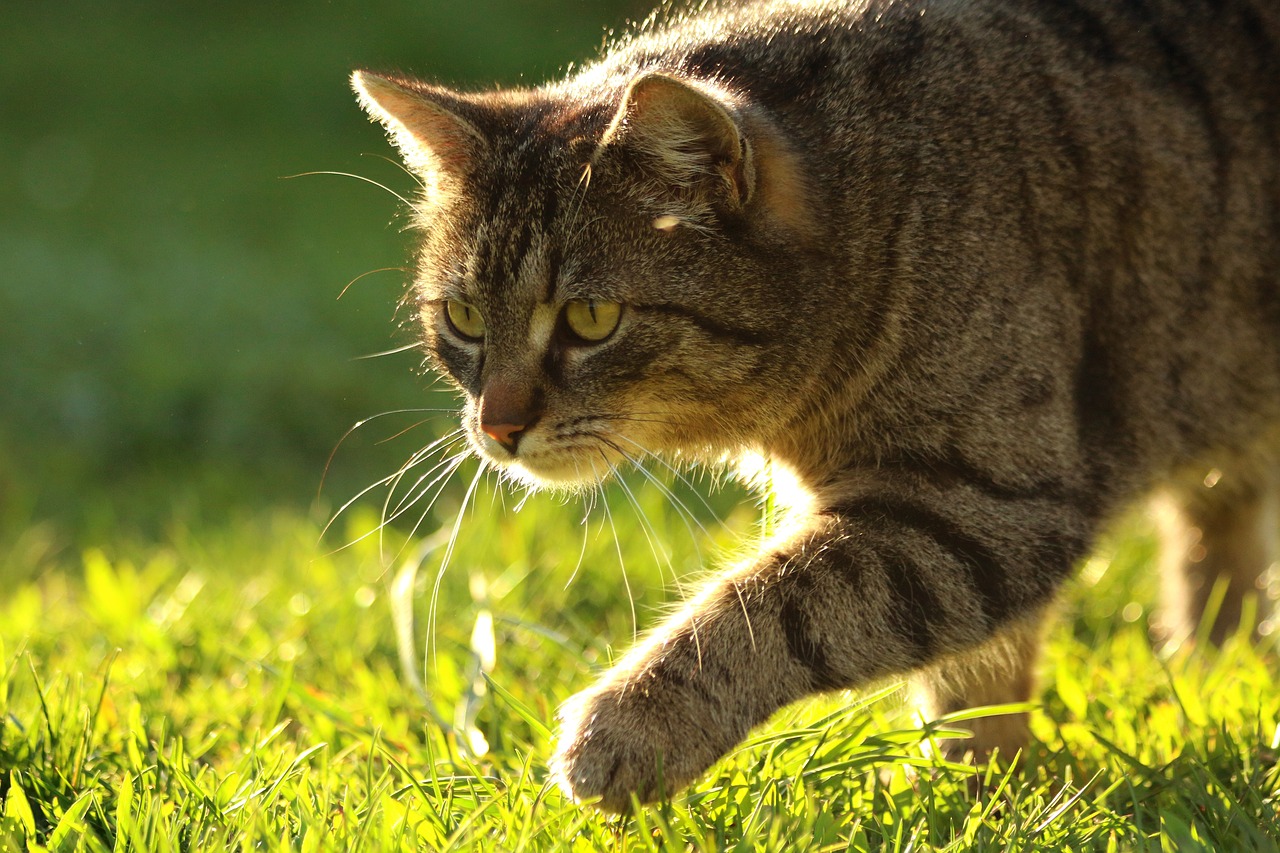
Your cat’s obsession with hunting toys isn’t just playful behavior. There’s been very little selective breeding of cats, so their instinctive need to hunt remains strong. Unlike dogs, who were selectively bred for specific traits over thousands of years, cats essentially invited themselves into human homes and retained most of their wild characteristics.
When it comes to “domesticating” cats, we haven’t really done much to change them. We never bred out all those independent, self-sufficient characteristics like hunting. The only thing we actually breed for, with cats, is appearance. This means your house cat shares nearly identical instincts with their wild cousins, making every toy interaction a glimpse into their evolutionary heritage.
The Perfect Prey Sequence
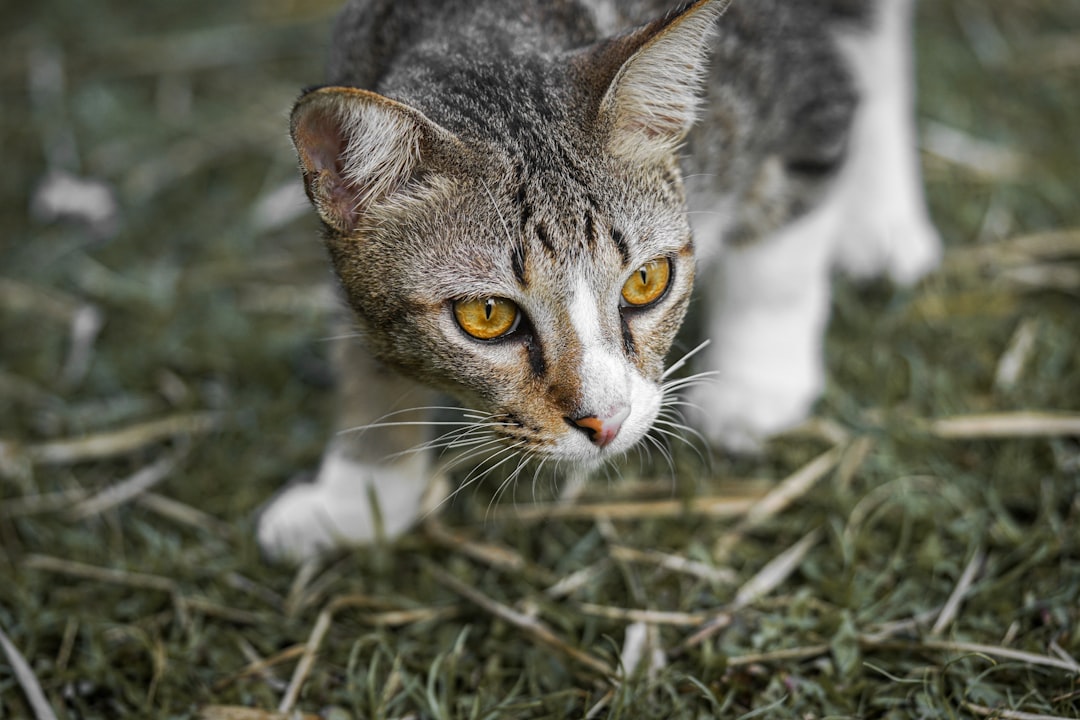
When your cat “hunts” , they’re following an ancient pattern that’s hardwired into their brain. The prey sequence involves staring, where your cat crouches down low and their eyes get really big as they lock onto their target. This is followed by stalking and chasing, then pouncing and grabbing, and finally the “kill bite.”
Each play session should be about 10 to 15 minutes long and allow the cat to act out their full prey sequence multiple times. The prey sequence mimics their hunting behavior in the wild, starting with staring, then progressing to stalking and chasing, followed by pouncing and grabbing, and ending with the delivery of the fatal “kill bite.” Your cat needs to complete this entire sequence to feel satisfied, which explains why they might seem restless if interrupted mid-hunt.
Why That One Toy Becomes Special
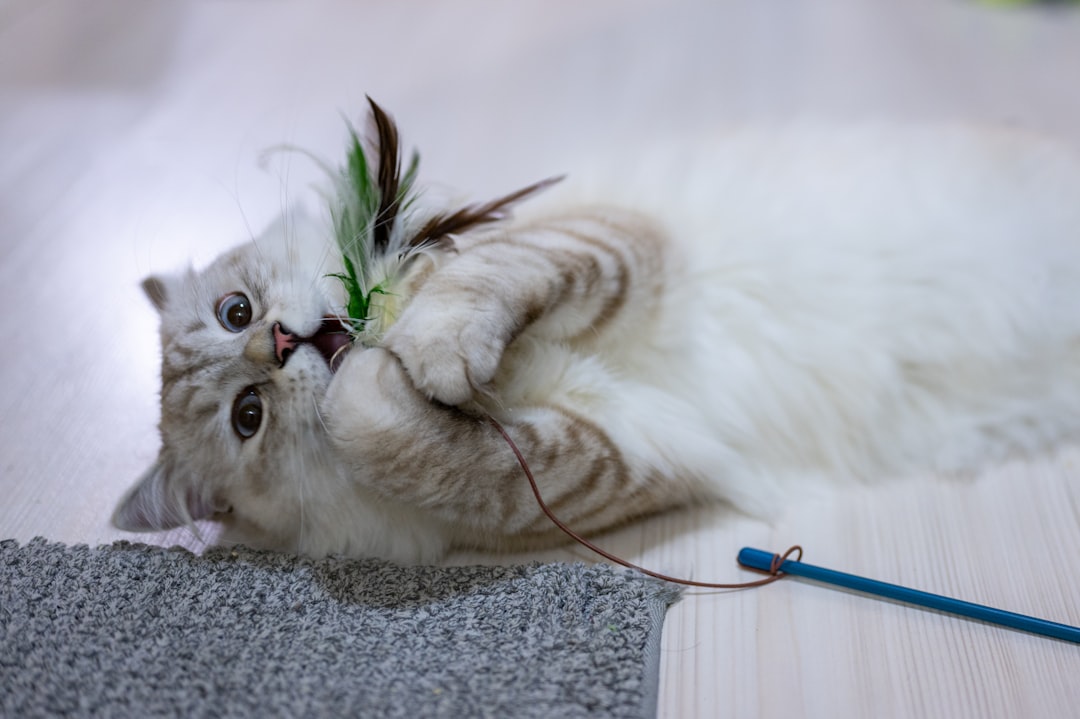
You’ve probably noticed your cat has clear preferences when it comes to toys. Some cats go wild for feathered wands, while others prefer small mice or crinkly balls. Their lure preference could be the result of the types of food their mother brought back to the lair when she was teaching them how to hunt. If she was adept at catching birds, they might respond more strongly to feather lures. If she brought them lizards, they might prefer squiggly lures.
This early imprinting helps explain why your cat might become obsessed with one particular toy while ignoring others. The texture, size, and movement pattern of likely triggers the strongest predatory response based on their kittenhood experiences.
The Mysterious Case of Toy Hiding
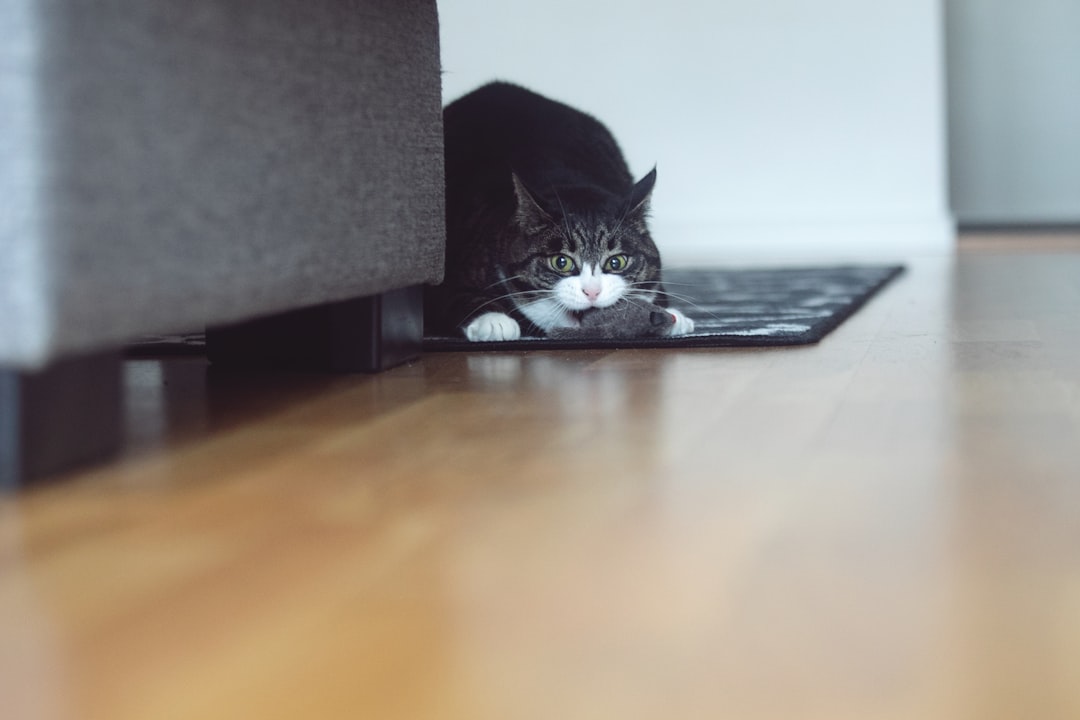
In the wild, cats use stalking, pouncing, and carrying prey as part of survival. Domestic cats still express these behaviors through play. Carrying and “hiding” toys can be part of this natural sequence, although in domestic cats this usually reflects playful placement rather than intentional long-term storage. When you find toys tucked into strange places around your house, your cat is following ancient instincts about prey caching.
At its core, cats hiding toys is directly linked to their ancestral survival instincts. In the wild, cats would hide their prey to prevent other predators from stealing it and to preserve food for later consumption. This “caching” behavior remains hardwired in our domestic cats’ DNA, even though they no longer need to hunt for survival. Your cat’s favorite hiding spots probably feel safe and secure to them, just like a wild cat’s cache would be.
The Gift-Giving Mystery
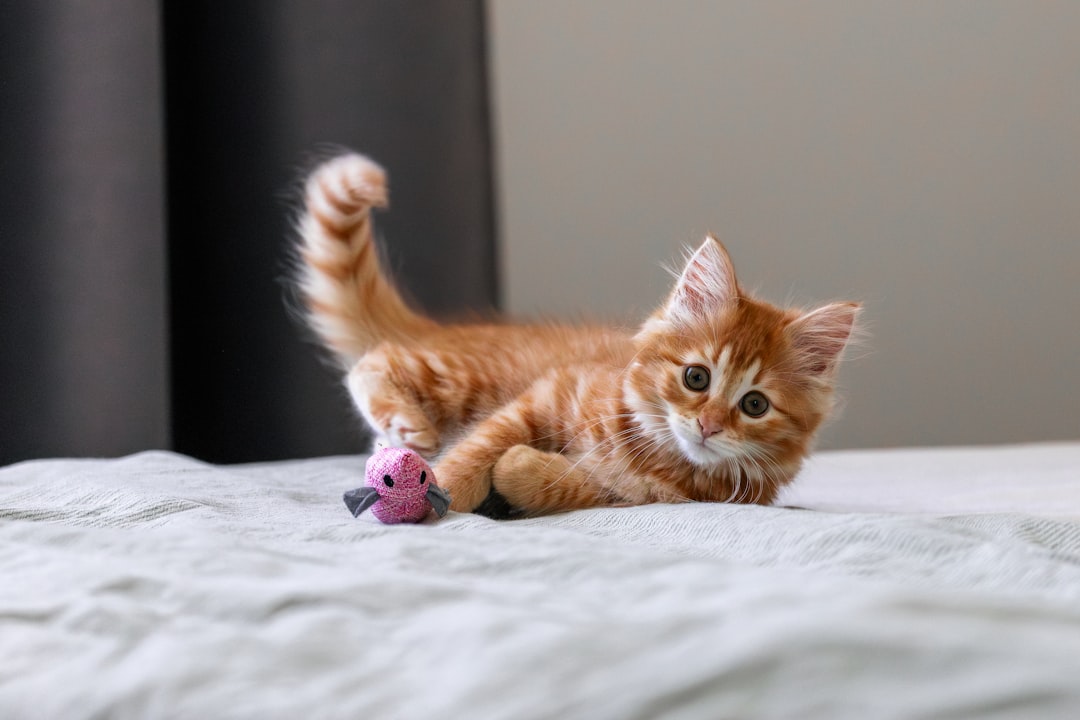
Have you ever woken up to find a toy mouse on your pillow or discovered toys arranged near your favorite chair? Cats often leave their “prey” or toys as gifts to show their sign of affection and their craft as master hunters. Leaving them in places where the cat knows you will be is their way of trying to get your attention for a job well done. Your cat genuinely believes they’re providing for you.
If your cat brought you a toy or a gift from outside, they may be replicating mother-kitten instincts. In the wild, mom cats teach their young how to hunt and eat their food by bringing home dead or injured prey. From your cat’s perspective, you’re a rather hopeless hunter who needs help learning the ropes. Those toy deliveries are actually hunting lessons wrapped in love.
When Hunger Isn’t the Drive
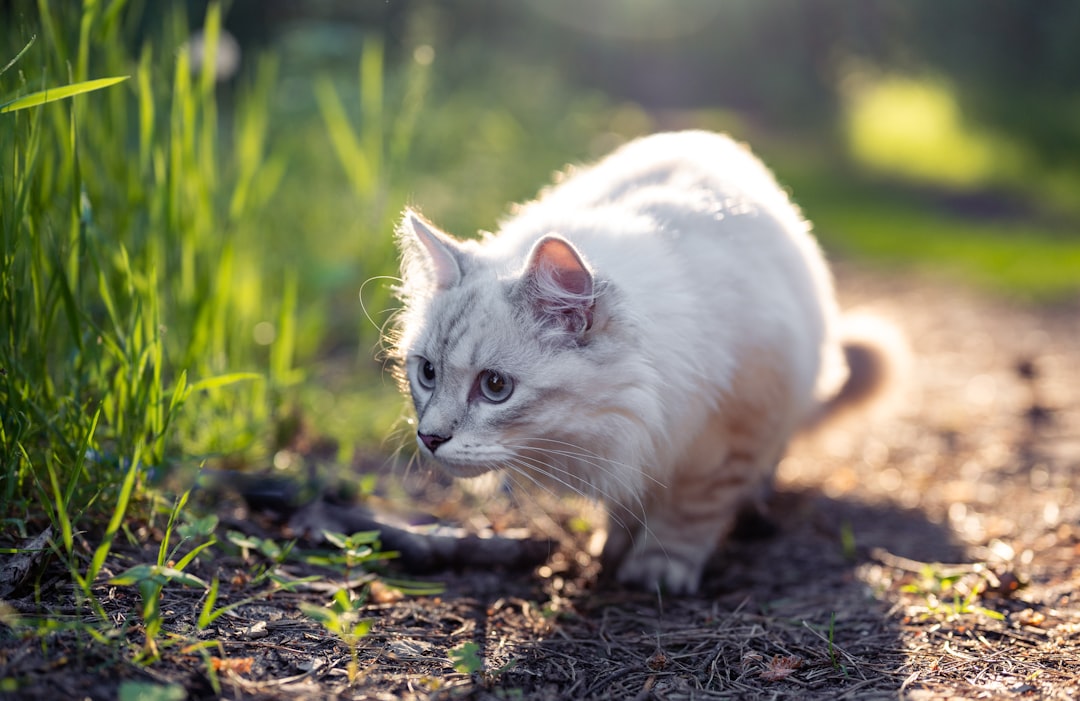
The motivation to hunt prey is only partly related to hunger. As a species that hunts alone, cats rely solely on themselves to provide enough food. If they wait until they’re hungry to hunt, they could starve to death because of the difficulty in hunting and capturing prey – it’s estimated that there’s a less than 50% chance of success at each hunting attempt. This explains why your well-fed cat still shows intense interest in hunting toys.
The average well-fed pet cat only hunts for around 3 hours each day, compared to an unowned, feral cat that’s not being fed, who may hunt for around 12 hours each day. Feeding and playing with our pet cats does appear to reduce their hunting behaviour, at least in the sense of the amount of prey they bring home. However, the drive itself never disappears completely, making toy hunting a crucial outlet for these instincts.
The Health Benefits of Hunting Play
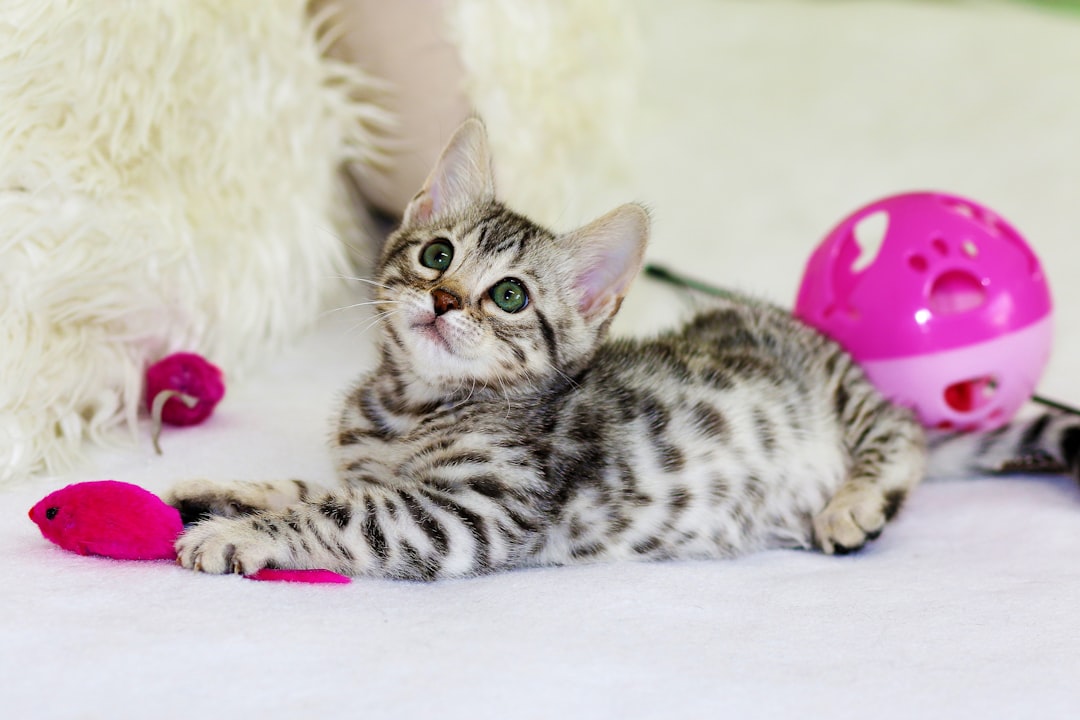
Interactive play is vital for cats. In addition to keeping them active, it drives their predator instinct and fulfills their desire to hunt. When your cat engages with their hunting toys, they’re not just having fun – they’re meeting deep psychological and physical needs that affect their overall wellbeing.
Many behavior problems can be linked back to plain old boredom and inactivity. Cats that bite when being petted or vocalize or bother their owners at odd hours are often dramatically helped by incorporating regular predatory play. Those intense hunting sessions with favorite toys serve as both exercise and stress relief, helping prevent destructive behaviors and promoting better sleep patterns.
Your cat’s hunting behavior with s is far more than simple play. It’s a complex expression of their evolutionary heritage, a way of maintaining mental and physical health, and even a form of communication with you. Understanding this behavior helps you appreciate the depth of your cat’s instincts and the importance of providing appropriate outlets for their natural drives. The next time you watch your cat stalking their beloved toy mouse, remember that you’re witnessing millions of years of evolutionary perfection in action. What fascinates you most about your cat’s hunting rituals? Share your observations in the comments below.






